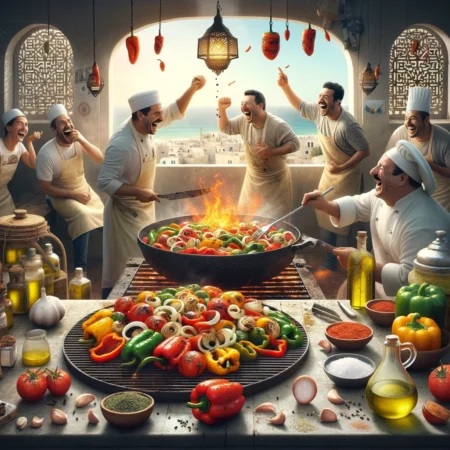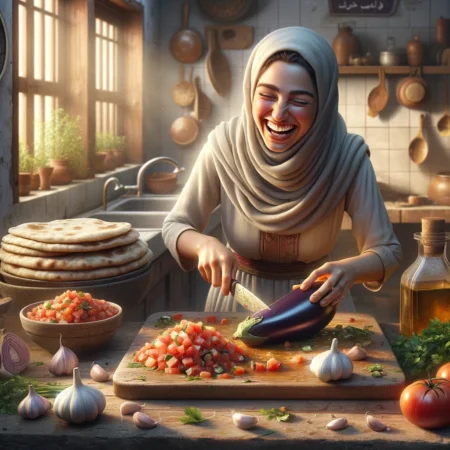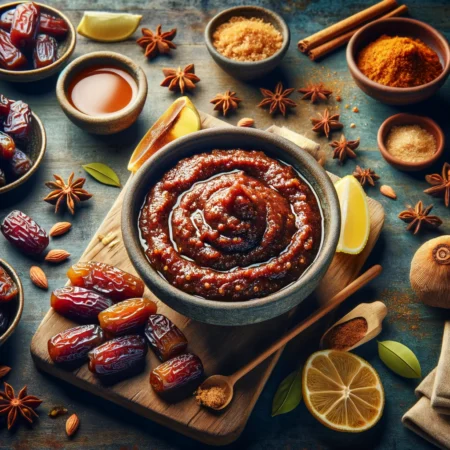Food has always been an important aspect of military life, providing nourishment and sustenance to soldiers as they carry out their duties. Over the ages, the way in which food was procured, prepared, and consumed in the armies of different cultures and periods has varied greatly, reflecting the technological, logistical, and cultural challenges of the time.
In ancient armies, food was often procured through foraging and plundering, with soldiers relying on whatever they could find or take from the local population. This often resulted in a limited and unpredictable supply of food, which could be a significant challenge for soldiers and commanders.
As civilizations developed, armies began to adopt more organized and systematic approaches to procuring and supplying food. In some cases, armies were supported by a system of provisioning, in which food was procured from local sources and delivered to soldiers in the field. In other cases, armies were self-sufficient, with soldiers carrying their own food and supplies with them as they marched.
One of the most significant innovations in military food procurement and supply was the development of ration systems, which provided soldiers with a consistent and predictable supply of food. In many cases, rations were designed to be compact and easy to transport, and often included a combination of preserved and non-perishable items like dried meat, hardtack (a type of hard biscuit), and preserved vegetables.
Over time, the types of food included in military rations have varied based on cultural and technological factors. In more recent times, advances in food processing and preservation techniques have allowed for a wider variety of foods to be included in military rations, including fresh fruits and vegetables, meats, and dairy products.
In addition to the way in which food was procured and supplied, the way in which it was prepared and consumed has also changed over time. In ancient armies, food was often cooked over open fires or in simple hearths, using basic cooking utensils and techniques. As civilizations developed, armies began to adopt more sophisticated cooking methods and equipment, including portable ovens and stoves.
Today, military food is typically procured and supplied through a combination of local and centralized sources, and is often prepared and served in specialized
The type of foods that different armies eat can vary greatly depending on a variety of factors, including the culture, climate, logistics, and resources of the region in which they are operating. In general, military rations are designed to provide soldiers with a balanced and nourishing diet that meets their nutritional needs and supports their physical and mental health.
Some of the types of foods that may be included in military rations include:
- Dried and preserved meats: These include items like jerky, cured meats, and canned meats, which are designed to be easy to transport and have a long shelf life.
- Hardtack and other grains: Hardtack is a type of hard biscuit made from flour and water, and is a staple of military rations in many countries. Other grains that may be included in rations include rice, pasta, and oats.
- Dried and preserved fruits and vegetables: These include items like dried fruit, canned vegetables, and pickled vegetables, which are designed to be easy to transport and have a long shelf life.
- Canned and packaged goods: These include items like canned soup, beans, and vegetables, as well as packaged items like instant noodles and energy bars.
- Beverages: Military rations may include a variety of beverages, including water, sports drinks, and energy drinks, as well as hot drinks like coffee and tea.
- Specialized items: Military rations may also include specialized items like high-energy gels and bars, which are designed to provide a quick boost of energy and nutrients.
Overall, the types of foods included in military rations are designed to provide soldiers with the nutrients and energy they need to perform their duties and maintain their health, while also being easy to transport and store.





